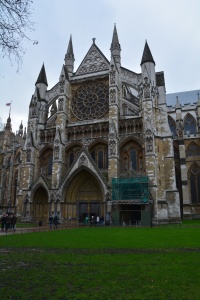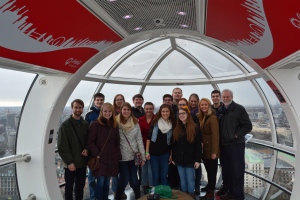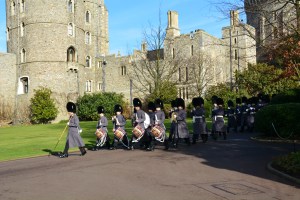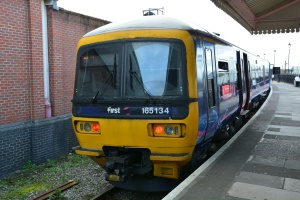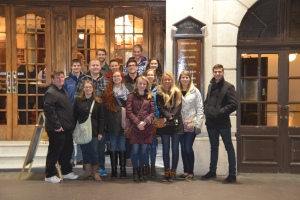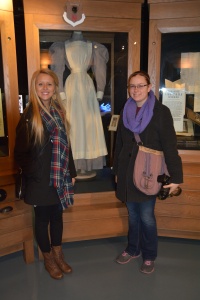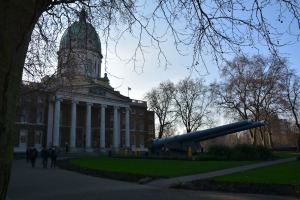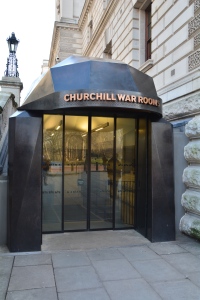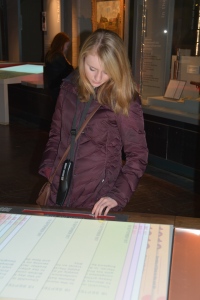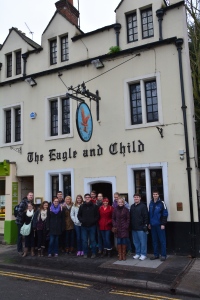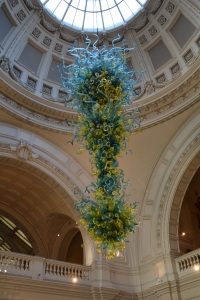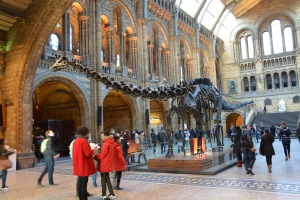After our last British breakfast, we caught the Circle Line tube to Westminster and alighted to visit Westminster Abbey. We thoroughly enjoyed a tour guided by a knowledgeable, enthusiastic and entertaining verger. He explained the duties of vergers in the Abbey, and even mused that they might give him an electric cattle prod wand to clear the way for the church worship leaders. It wonderfully tied together so many things we’d learned in our course and other courses about British literature and history. Next we headed for the London Eye. By consensus, we agreed we’d like to do it twice, one in the daylight, and the other at night. It takes 30 minutes for the London Eye to make one revolution, but it was over altogether too fast. This evening we will meet at the London Eye at 7:30 p.m. for our rotation on the London Eye.
Over the last few days, everyone has acknowledged they’re ready and eager to head home. We’d sure welcome it if the airline didn’t lose our luggage again, or cancel one of our flights. But we’re also mindful of the winter storm that hit the northeast, and that a freezing rain and snow winter weather advisory is in effect until shortly before we’re due to land in Grand Rapids. Should be an interesting 29-hour day for us!
Photographs: Entrance to Westminster Abbey; class picture on top of London Eye during our day trip.
